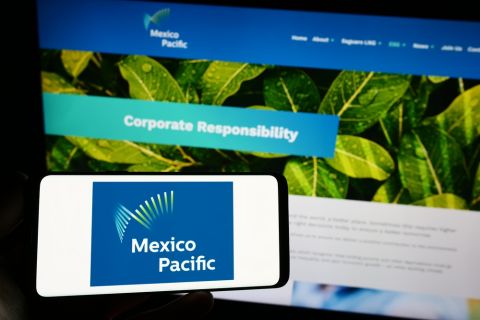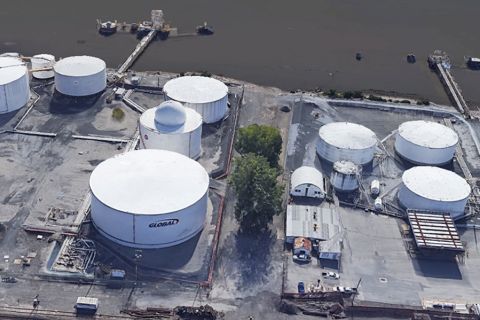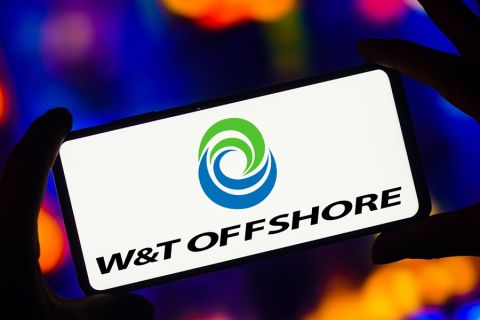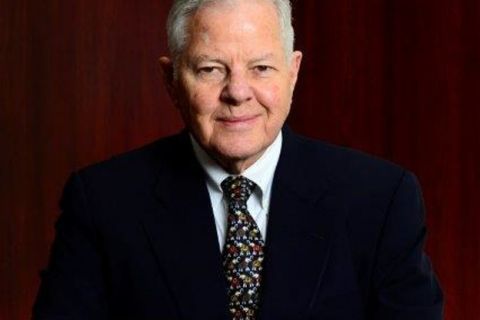Norway’s Equinor plans to export oil from its upcoming Johan Castberg Field directly to the market, ditching the option of building an onshore reloading terminal, the company said Dec. 13.
“Johan Castberg partners ... have studied a possible development of a downscaled ship-to-ship oil transfer terminal at Veidnes in Finnmark county in North Norway and have concluded that costs of constructing a terminal will be too high,” Equinor added in a statement.
The company had previously scrapped plans for building a full-scale onshore terminal, as part of its efforts to reduce the costs of developing the 450 million barrel (MMbbl) to 650 MMbbl field, which is expected to start production in 2022.
Industri Energi, Norway’s largest union of oil workers, condemned the latest decision, saying it would mean fewer jobs in the Arctic region.
“We’re very disappointed,” Industri Energi leader Frode Alfheim said in a statement.
“They are wasting a golden opportunity to establish good infrastructure which could have contributed to further boosting activity in the region,” he added.
Equinor said the oil market’s downturn in 2014-2016 and lack of new discoveries in the vicinity increased uncertainty about economic viability of a land-based oil transfer terminal.
The company has also decided to use an FPSO vessel instead of a fixed platform, as part of its measures to cut the development costs to around 50 billion crowns (US$5.5 billion) from original estimate of 100 billion crowns.
“We have indeed left no stone unturned to find economically viable solutions for a terminal, however we have not found the basis for pursuing the project,” Anders Opedal, Equinor’s executive vice president for technology, projects and drilling, said.
Equinor has 50% stake in the Johan Castberg license, Eni subsidiary Vaar Energi has 30% and Norway’s state-owned Petoro the rest.
Recommended Reading
Mexico Pacific Appoints New CEO Bairstow
2024-04-15 - Sarah Bairstow joined Mexico Pacific Ltd. in 2019 and is assuming the CEO role following Ivan Van der Walt’s resignation.
Global Partners Declares Cash Distribution for Series B Preferred Units
2024-04-15 - Global Partners LP announced a quarterly cash dividend on its 9.5% fixed-rate Series B preferred units
W&T Offshore Adds John D. Buchanan to Board
2024-04-12 - W&T Offshore’s appointment of John D. Buchanan brings the number of company directors to six.
73-year Wildcatter Herbert Hunt, 95, Passes Away
2024-04-12 - Industry leader Herbert Hunt was instrumental in dual-lateral development, opening the North Sea to oil and gas development and discovering Libya’s Sarir Field.
Riley Permian Announces Quarterly Dividend
2024-04-11 - Riley Exploration Permian’s dividend is payable May 9 to stockholders of record by April 25.





